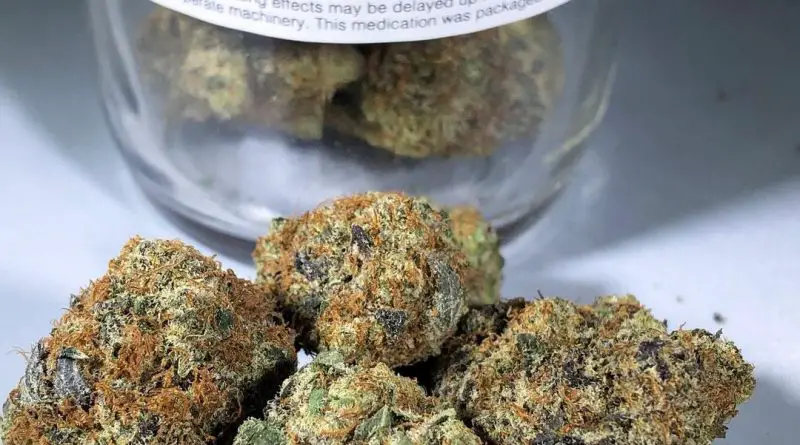
For homeowners, West Coast Cure Weed problems in lawns can be a nightmare. In warm climates, where it is not an easy option to dig up the lawn and start over, rapid weed growth is as scary as a Japanese beetle outbreak in a rose garden. Luckily, if you have some areas of healthy grass in between the weed-stricken areas, there is hope of a healthy lawn without starting over.
Lawn Rescue 101
Step One: Make Existing Grass Happy
Before you begin killing the weeds, you need to focus on making your existing grass plants as happy as possible. Begin a regimen of mowing to the proper height, watering deeply and infrequently, and applying fertilizer in the right amounts at the right time.
Step Two: Kill the Weeds
There are many ways to kill weeds. You can dig up and remove the weeds entirely. You can spray the weeds with a systemic herbicide. (That is a herbicide that the plant takes in through leaves or roots. The herbicide then acts from the inside-out to kill the plant.)
Regardless of your selected method, you need to be certain that you remove the weed entirely. If you dig up the weed, you need to dig up the entire weed-not just remove the top. If you kill the weed, you need to kill it top-to bottom. Weeds are weeds because they are great at recovering from anything and everything and surviving harsh conditions.
Step Three: Support New Grass Growth
Depending upon the type of grass you grow, you can sometimes over-seed with the same species to fill in dead areas. For grass that spreads by runners, you will need to fill in with “plugs” or tiny plant sections, or just encourage growth of your existing grass.
Step Four: Examine and Amend the Soil
Once you have eradicated the weeds and boosted the health of the existing grass, you can aerate and make soil amendments. Some weed problems are caused by soil that is inhospitable to grass growth. If your soil contains too much sand or too much clay, you need to add organic matter. The best way to do that is to core-aerate and top-dress with a compost/topsoil blend. You need to wait until your lawn has recovered from the weed control measures to do this because aerating is stressful for the grass.
Step Five: Maintain Healthy Lawn Care Practices
Once you have rid your lawn of the weed problems, the best way to keep weeds from re-establishing is to keep your lawn healthy and happy. Water your lawn properly-that will keep your grass from becoming stressed or dying, making room for weeds. Mow the lawn to the correct height so that the grass shades out potential weed seeds, keeping them from sprouting. Feed your lawn the correct amounts at the correct times. Too much fertilizer is not a good thing, and can actually make your lawn less healthy, opening the door to weed growth.